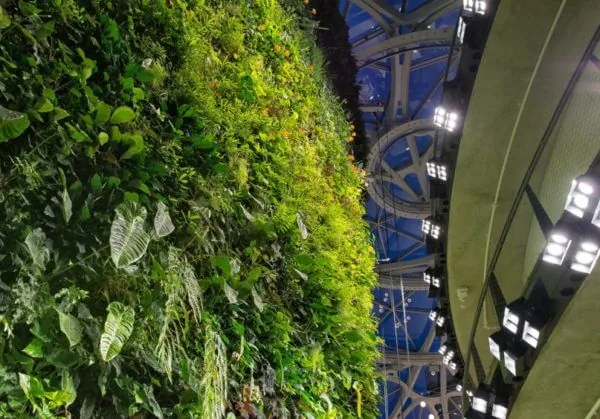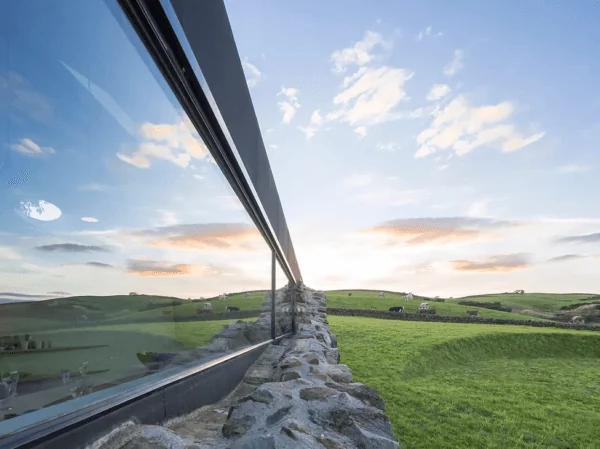Biophilic design is an approach to architecture that connects buildings more closely to nature. This type of design incorporates nature towards the architecture to create a smooth connection between modern buildings and nature itself.
There are studies that show that biophilic design can reduce stress, improve cognitive function and creativity, and improve our well-being. Biophilic design has other positive effects on our health.
There are different categories of biophilic design: Nature in the Space, Natural Analogues, and Nature of the Space. Each category has its own unique design patterns.
Applying biophilic design in architecture aims to create a strong connection between nature and man-made environments. It’s about natural light, views of nature, plants, natural materials, textures, and patterns.
An important element for a biophilic design is that all elements are connected with each other and integrate a whole system.
Here are some examples of Biophilic design applied to Architecture:
The Spheres, Seattle
The Spheres is home to more than 40,000 plants from the cloud forest regions from over 30 countries.

Ruins Studio, Scotland
Ruins Studio takes this simple observation to guide each decision, from the use of geometry to the use of material and colour.
Second Home, Lisbon
Second Home is a workspace that has over 1,000 plants and light abundance that makes it a great example of Biophilic Architecture.

What other biophilic architecture designs have you seen? Do you think biophilic architecture is a good way to design buildings?




0 Comments